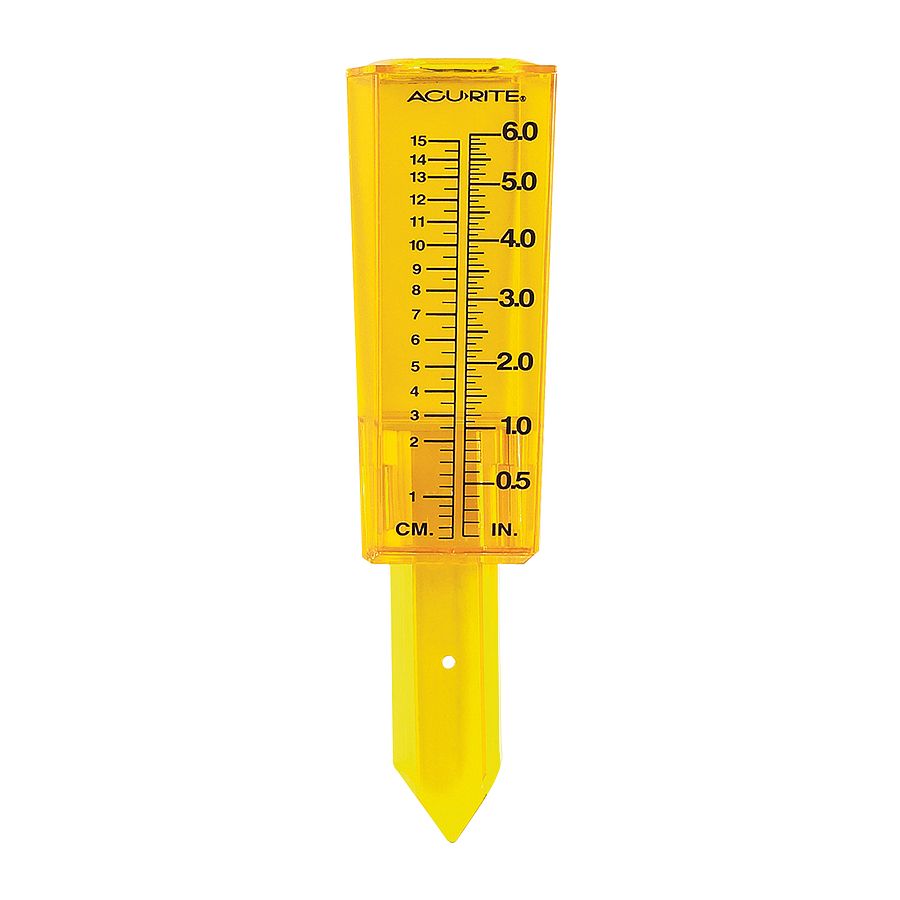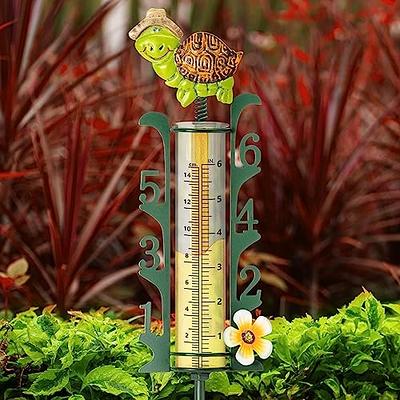The Rain Gauge: A Comprehensive Guide to Accurate Climate Measurement
The Rain Gauge: A Comprehensive Guide to Accurate Climate Measurement
Blog Article
Understanding Rain Scale Measurements: A Total Overview
Recognizing Rain Scale Measurements: A Full Guide is a comprehensive source for any person seeking a much deeper understanding of rainfall gauge measurements. Rainfall is a crucial variable in different markets, including weather forecasting, agriculture, and water source administration. This overview intends to offer visitors with a detailed understanding of the value of rainfall scale measurements, the different kinds of rainfall gauges offered, and just how these dimensions are acquired and translated. Furthermore, it checks out the aspects that can impact the accuracy of rainfall gauge analyses and offers functional pointers for getting precise measurements. Whether you are a professional in the field or just have an inquisitiveness concerning rains dimension, this overview will certainly outfit you with the understanding needed to successfully make use of rainfall scale dimensions.
The Importance of Rain Scale Measurements
The relevance of rainfall gauge measurements hinges on their duty as an essential tool for precisely checking and analyzing rainfall levels - The Rain Gauge. Rain scale dimensions give valuable information that assists hydrologists and meteorologists understand patterns and patterns in rains, which consequently help in different fields such as agriculture, water source administration, and environment research study

Precise rains measurements are essential for farming as they aid in figuring out watering needs, crop development, and yield predictions. Farmers rely upon this information to make enlightened choices about when to water their plants, preventing water waste and ensuring optimal crop wellness. In addition, rainfall data aids in assessing the effect of dry spells or excessive rainfall on plant manufacturing, enabling farmers to take proper actions to minimize losses.
Water resource monitoring greatly counts on rain scale dimensions to determine the amount of water available in rivers, reservoirs, and lakes. Specific dimensions enable water managers to make enlightened decisions concerning water appropriation and distribution, ensuring lasting usage and avoiding lacks. This information is especially vital in areas where water scarcity is a pushing issue.
Additionally, rain gauge dimensions play a vital role in environment study. By precisely gauging rainfall over prolonged periods, researchers can examine long-lasting environment patterns and determine modifications in precipitation patterns as a result of environment adjustment. This information aids researchers and policymakers develop methods to adjust to and alleviate the impacts of climate adjustment.
Kinds Of Rainfall Gauges
There are various sorts of rain gauges utilized to measure rainfall precisely. Each type has its very own advantages and constraints, making them suitable for various objectives and settings.
One of the most common type of rainfall scale is the typical round scale. It includes a cylindrical container with a wide funnel-shaped top to accumulate rain (The Rain Gauge). The water is then channelled into a graduated gauging tube, permitting for specific measurement of the quantity of rainfall
An additional kind is the considering rain scale. This gauge utilizes a sensitive equilibrium to determine the weight of the collected rainfall. By transforming the weight into volume, the quantity of precipitation can be established. Evaluating rainfall assesses are especially valuable in areas with frozen rainfall or heavy rains, as they are not influenced by sprinkling or evaporation.
Tipping bucket rainfall assesses use a mechanism that ideas a tiny pail each time it gathers a particular quantity of rain. The variety of tips is taped and used to determine the rains. This kind of scale is generally used in automated weather condition stations due to its reduced upkeep demands and capacity to supply real-time data.
Finally, there are radar-based rain gauges that usage radar innovation to approximate rains. These determines gauge the strength of rainfall in a certain area by evaluating the reflected radar signals. They are particularly useful for gauging precipitation over large areas or in remote areas.
Exactly How Rain Gauge Measurements Job
Rainfall scale measurements are based on the concept of measuring the quantity and gathering of rainfall. These tools are created to catch rainwater and give an exact dimension of the rainfall in a particular area.
One of the most typical kind of rain scale is the standard round gauge. It includes a round container with a large opening on top to accumulate rainwater. The accumulated water is after that channelled into a gauging tube, which is calibrated to give the dimension in units of size, normally millimeters or inches.
An additional type of rain scale is the tipping bucket scale. It utilizes a seesaw-like device with two buckets that tip when they get to a certain weight limit. additional hints Each idea of the pail represents a particular quantity of rains, enabling accurate measurements.
Some sophisticated rainfall evaluates are equipped with electronic sensing units that instantly record and transmit information. These sensors utilize numerous modern technologies such as ultrasound or laser to gauge the amount of rains accurately.
Aspects Affecting Rain Scale Precision
Aspects that can influence the accuracy of rain gauge dimensions consist of various environmental and operational variables. Ecological variables such as wind, temperature level, and air pressure can dramatically affect the accuracy of rain gauge measurements. Solid winds can create the rain gauge to relocate or turn, causing incorrect readings. Severe temperature levels can create dissipation or cold of the accumulated rain, leading to altered measurements. Modifications in climatic pressure can likewise impact the precision of rainfall scale dimensions, as they can modify the price at which rainfall is collected.
Functional variables, on the various other hand, describe elements associated with the design, installment, and upkeep of the rainfall scale. The placement of the rainfall gauge in an area with blocked air flow or near structures or trees can bring about imprecise analyses because of blockage or splattering of rainfall. Incorrect calibration or irregular upkeep of the rainfall scale can likewise affect its precision.
To guarantee the precision of rainfall scale measurements, it is important to take into consideration these aspects and take proper procedures. This may entail selecting an ideal place for the rainfall gauge, guaranteeing proper installment and maintenance, and regularly calibrating the instrument. By attending to these factors, reputable and precise rains measurements can be acquired, which are crucial for various applications such as climate forecasting, hydrological research studies, and farming.
Tips for Precisely Gauging Rainfall
To make certain accurate rains dimensions, it is essential to apply particular strategies and techniques when making use of a rainfall gauge. Here are some tips for properly measuring rainfall:
Appropriate Placement: Put the rain scale in an open location, away from trees, structures, and various other blockages that may hinder the rainfall collection. It ought to be placed on a degree surface to prevent water pooling or drainage.

Review the Range Appropriately: When taking dimensions, reviewed the water degree at eye degree from the base of the meniscus. Avoid parallax errors by aligning your view straight with the water degree.
Constant visit this website Time Interval: Set a constant time period for gauging rains, such as every 24-hour or after each rains occasion. This guarantees precise tracking and comparison of rainfall information.
Document Measurements Without delay: Videotape rains measurements as quickly as feasible after collection to avoid dissipation browse around this web-site or spillage. Use a rain scale with an integrated information logging attribute for automated recording.
Final Thought
In final thought, comprehending rainfall scale measurements is essential for properly gauging rainfall. Various kinds of rain assesses are readily available, each with their own benefits and constraints. It is essential to think about factors that can affect the precision of rainfall scale measurements, such as wind, evaporation, and placement. By complying with the suggestions supplied, one can make sure more accurate and trusted rains measurements.
Recognizing Rain Gauge Dimensions: A Full Guide is a detailed resource for anybody looking for a deeper understanding of rainfall scale measurements. Whether you are a specialist in the area or simply have an inquisitiveness about rainfall dimension, this overview will certainly equip you with the knowledge needed to efficiently make use of rainfall scale measurements.
The most common type of rainfall scale is the standard round scale.The most common kind of rainfall gauge is the standard round scale.An additional kind of rainfall scale is the tipping bucket gauge.
Report this page